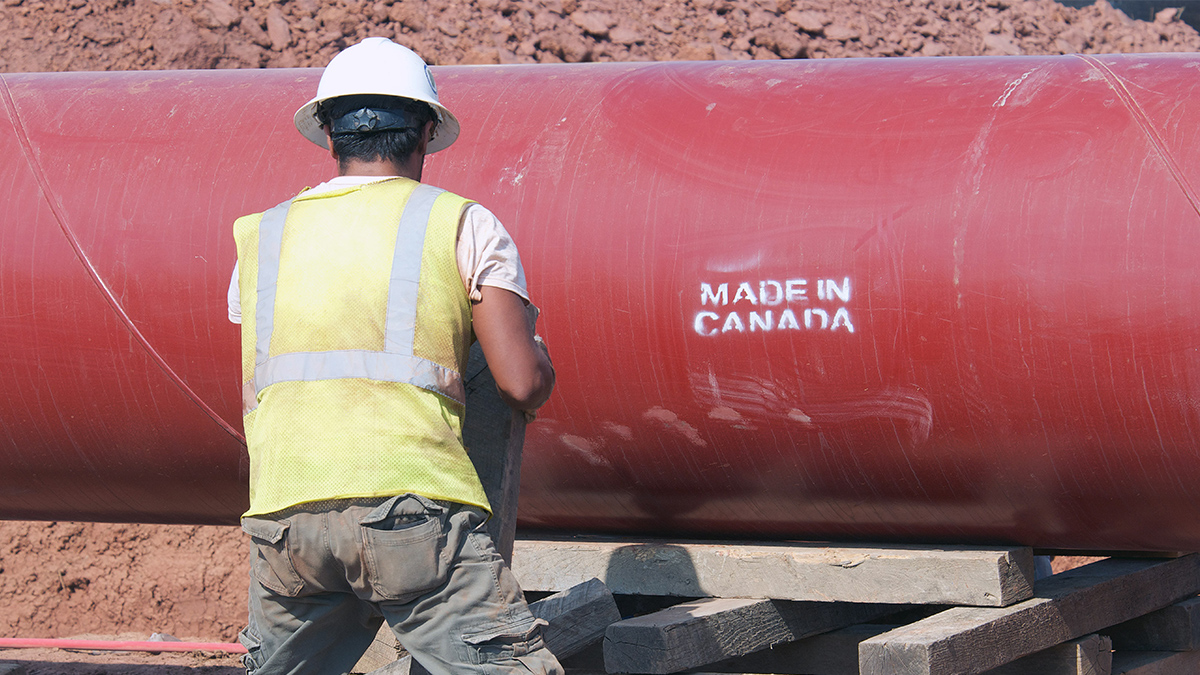Apr 29, 2019
Capturing the power of hot air
TransCanada developing first-of-a-kind waste heat power generation facility in Alberta
It takes a lot of energy to deliver the natural gas that millions of people rely on to heat their homes and fuel their businesses. In the case of our natural gas pipelines, massive turbines similar to the ones found in airplane jet engines move more than 25 per cent of North America’s gas supply every day.
For over half a century, we have pioneered innovative technology and practices to enhance efficiency and reduce emissions at our facilities. And we continue to push boundaries in this area with a new project that will use the heat produced at one of our compressor stations in southern Alberta to generate electricity.
Sean Brett
Senior Vice-President, Power Generation
Working in partnership with Siemens, the project will use supercritical carbon dioxide as the working fluid to capture waste heat from the gas-fired turbine and use it to generate emissions-free electricity that will be put into the electricity grid, resulting in greenhouse gas reductions of 44,000 tonnes per year, or the equivalent of taking more than 9,000 vehicles off the road.
"We've been working with Siemens for a couple of years now trying to find an appropriate site for this project," says Gavin Embury, director of business development for western power growth. "Feasibility studies were started at a compressor station in Idaho, but eventually, we decided that an Alberta site was a better option.”
The project is also being partially funded by Emissions Reduction Alberta, as one of 11 projects launched under the agency’s Industrial Efficiency Challenge that aims to deploy new technology to reduce emissions and lower operating costs for Alberta industries.
The facility is expected to be complete by 2021 and has the potential to generate enough electricity to power more than 10,000 homes. With more than 400 compressor stations located across North America, it is serving as a pilot for further waste heat recovery applications at other compressor stations.
"We are currently investigating the potential for an additional 25 – 30 waste heat recovery units in Western Canada," adds Embury. “This project has been a great example of how our pipeline and power businesses can collaborate to realize new business opportunities that benefit the environment.”
TransCanada is one of Canada’s largest private-sector power generators, with interests in 11 power generation facilities including the Bruce Nuclear facility that provides one-third of Ontario’s electricity and several high efficiency natural gas-fired combined cycle and cogeneration generating stations in Alberta, Ontario, Quebec and New Brunswick. For more information, visit our Power business website: https://www.transcanada.com/en/operations/power/



